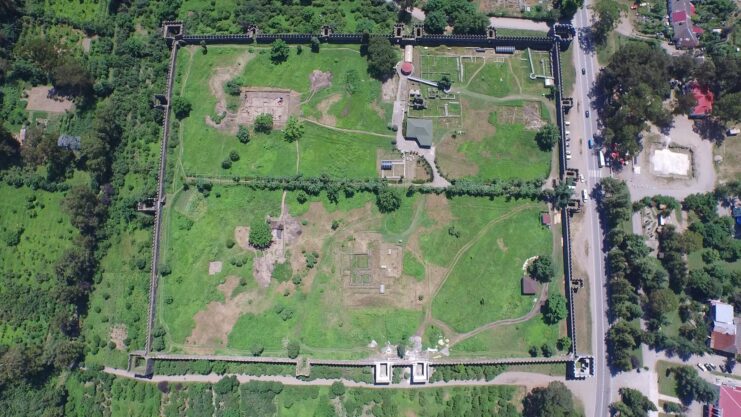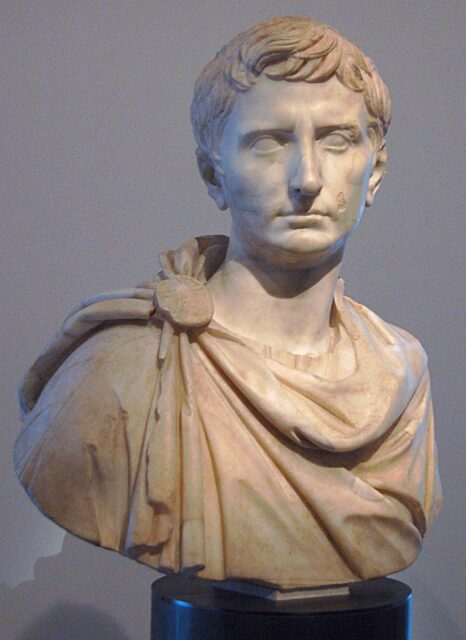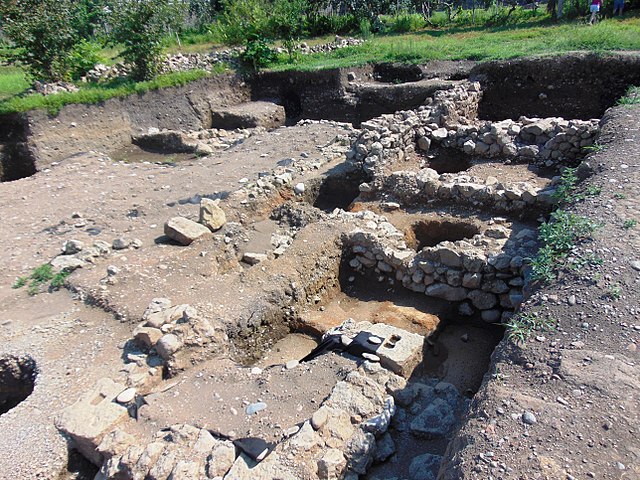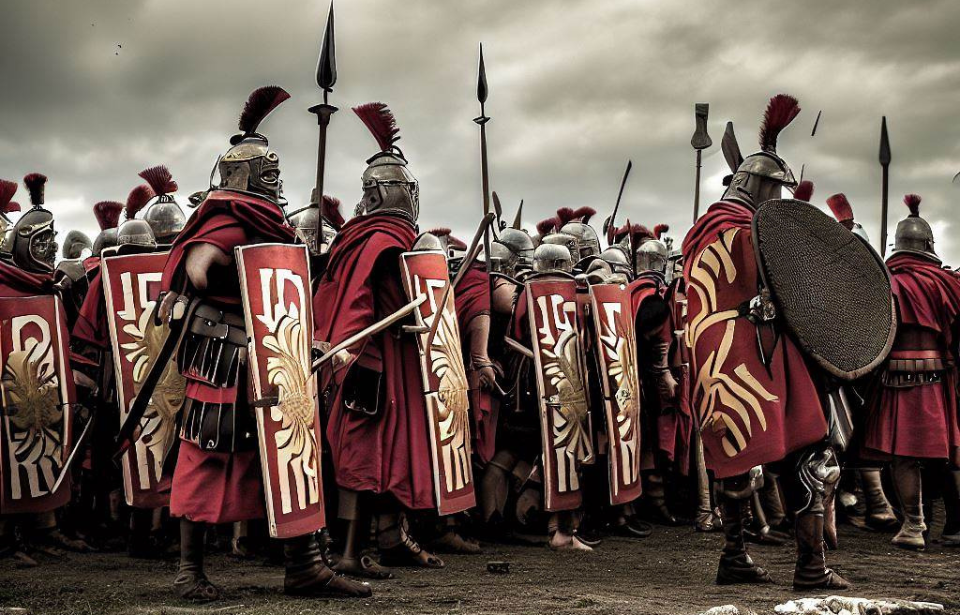A team of Polish and Georgian archaeologists have unearthed a trove of ancient Roman coins in what was once the ancient city of Colchis, now modern-day Gonio. The stash is believed to have belonged to the Legio X Fretensis, one of the most disciplined and skilled legions to have ever operated within the Roman Empire.

According to Dr. Piotr Jaworski of the University of Warsaw, the discovery was made where the former ancient Roman fort Apsaros once sat. The coins were identified as belonging to the Legio X Fretensis via countermarkings stamped into them.
While the majority of the coins come from Antioch and Judea, there’s one dating back to the first year of the First Jewish-Roman War – better known as the Great Jewish Revolt.
“It ended up in the hands of the Romans, perhaps after the capture of Masada along with the entire Jewish treasury. Then they marked them with their countermarks,” Jaworski said in a post published to Science in Poland. “This example shows the Roman principle of pecunia non olet, meaning money does not sink. The fight for Masada was very bloody, and its defenders ultimately committed group suicide.”
🪙 El hallazgo de unas monedas de bronce en el fuerte romano de Apsaros ha desvelado que la Legio X Fretensis estuvo acantonada en aquella estratégica región a principios del siglo II d.C.👇🏽
https://t.co/esZZlYybsm— Historia National Geographic (@HistoriaNG) May 31, 2023
The Legio X Fretensis – translating to the “Tenth legion of the Strait” – was a legion within the Imperial Roman Army, founded by Caesar Augustus. The “X” was in reference to Julius Caesar‘s Tenth Legion, with “Fretensis” referring to the legion’s guarding of the Straits of Messina.
Active from 41 BC to 410 AD, the X Fretensis was organized by Augustus to put an end to Sextus Pompeius’ occupation of Sicily, as it was hurting Rome’s grain supply. Spending the majority of its time stationed in the eastern portion of the Roman Empire, the legion participated in Gnaeus Domitius Corbulo’s two Armenian campaigns and the aforementioned Great Jewish Revolt.
The first of three rebellions against the Empire by the Jewish population, the latter saw the X Fretensis work alongside the Legio XV Apollinaris, the Legio V Macedonia and the XII Fulminata to take Jerusalem. The Second Temple was destroyed during the siege, with the X Fretensis going on to lead the assault on the Herodium.
With each engagement, the X Fretensis earned a reputation for being battle-hardened and highly-disciplined soldiers. Their sign, a bull, was a symbol of their ferocity and strength.

According to Jaworski, the coins likely originated from the treasury of Judea and were transported by the Legio X Fretensis while the legionnaires were on their way to wage a campaign against the Parthians at the beginning of the 2nd century AD.
At the time, the region was under Trajan’s control. When the conflict came to an end, Armenia and Mesopotamia had become part of the Roman Empire.
“The only time in the history of the war when the troops of this legion could be in Apsaros was in the winter of 114,” he explained. “Trajan returned to Syria for a while, but left troops in Armenia and the southern Caucasus to wait out the winter there. A further offensive towards Mesopotamia was launched in 115.”
Following the war, thousands of Roman soldiers were stationed at Apsaros, which was situated in the ancient city of Colchis, along the Empire’s eastern borders. It remained standing until the middle of the 3rd century. Today, only ruins remain.
Since coins weren’t minted in the city, the legionnaires had to use their own. “Their number should not be a surprise,” Jaworski explained. “They were small denominations used every day to buy food or services. One coin of this type would buy entrance to the baths.”

More from us: Malaysia Accuses Chinese Barge of Looting World War II-Era Shipwrecks
The discovery was made as part of research being conducted by both Dr. Radosław Karasiewicz-Szczpiorski of the University of Warsaw’s Polish Centre of Mediterranean Archaeology and Prof. Shota Mamuladze of the Cultural Heritage Preservation Agency of Ajara, in Georgia.
